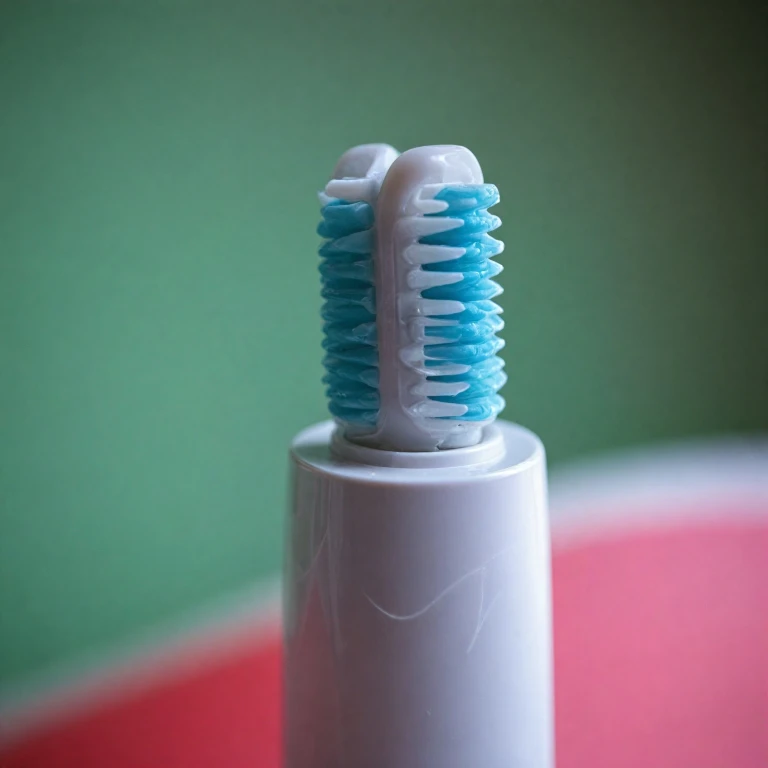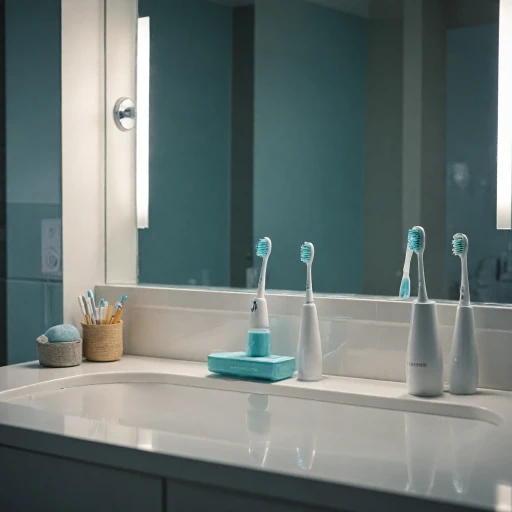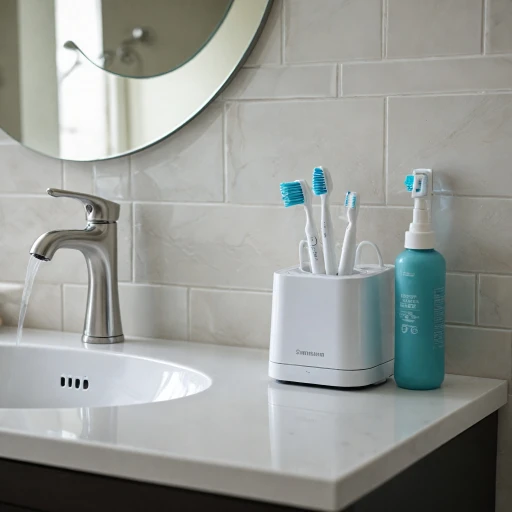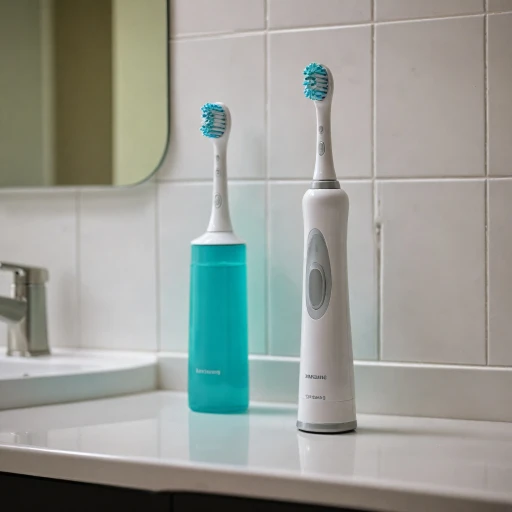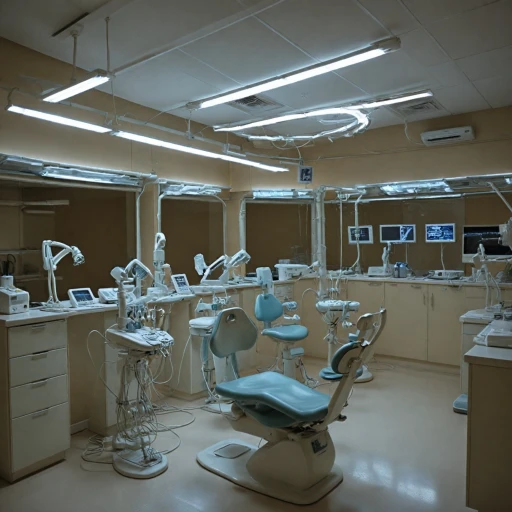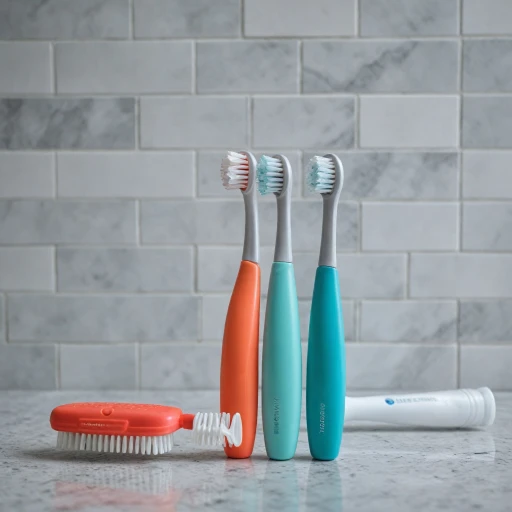The Basics of Gum Recession
Understanding Gum Tissue and Its Vulnerabilities
Gum recession, also known as gingival recession, occurs when the gum tissue surrounding the teeth wears away, or pulls back, exposing more of the tooth or its root. This condition can lead to various oral health complications and affect a person's smile aesthetics. It's crucial to understand the basics of gum recession to effectively prevent and manage it.
The gums play a protective role by sealing the teeth and preventing food particles and plaque from reaching the tooth roots. When the gum tissue recedes, it can create gaps, allowing harmful bacteria to accumulate and potentially lead to issues such as gingivitis or even gum disease. These conditions can exacerbate tooth sensitivity, cause discomfort, and eventually might lead to tooth loss if not addressed.
Several factors contribute to receding gums, with improper brushing being a primary culprit. Using a manual toothbrush and applying excessive pressure can wear down the enamel and damage the delicate gum tissues. To counteract this, many dental professionals now recommend using an electric toothbrush equipped with a pressure sensor to help ensure users don’t brush too hard. This technology helps maintain optimum oral hygiene while protecting your gums from further recession.
For a deeper dive into the benefits of using electric gum toothbrushes, consider exploring further resources to understand how switching to the right toothbrush can aid in maintaining gum health and preventing recession.
How Electric Toothbrushes Work
From Manual to Electric: How Your Toothbrush Changes the Game
Electric toothbrushes represent a significant advancement in dental technology, offering features that contribute to superior cleaning compared to their manual counterparts. Their main advantage lies in their ability to produce thousands of brush strokes per minute, effectively removing plaque and promoting oral hygiene. But how exactly do these devices work, and what makes them different? Electric toothbrushes come equipped with rotating or oscillating brush heads that are designed to cover more surface area of your teeth. This motion helps in breaking down the plaque buildup that can lead to various dental issues, including gum disease and gingival recession. A manual toothbrush requires you to do all the work, which can often lead people to exert too much pressure, leading to receding gums and other oral health problems.Understanding the Brush Heads
One of the key components of electric toothbrushes is their brush heads. Each brush head is designed to address specific oral care needs, such as sensitive teeth or gum care. If you're struggling with gum recession, choosing the right type of brush head is crucial. Soft-bristled heads are gentle on gums and can prevent further recession while still effectively cleaning teeth. For guidance on selecting the proper brush head, you may find this resource invaluable. Moreover, many electric toothbrushes are equipped with pressure sensors to alert you if you're brushing too hard, thus protecting your gums. The presence of a pressure sensor can be particularly helpful for preventing gum damage and maintaining gum health. Brands like Philips Sonicare integrate advanced technology that ensures optimal brushing without causing harm.Features That Make a Difference
A feature you might also appreciate is the built-in timer. It ensures you're brushing for the recommended two minutes—a practice that significantly contributes to healthier gums and teeth. Some models even have travel cases, making it easy to maintain oral hygiene routines on the go. Overall, electric toothbrushes help ensure that each brushing session is thorough and effective, ultimately safeguarding against issues such as plaque buildup and gingival recession. Understanding these features and how they function can guide you in making an informed decision when selecting an electric toothbrush tailored to your oral care needs.Potential Effects of Electric Toothbrushes on Gums
Understanding the Influence of Electric Toothbrushes on Gum Health
Electric toothbrushes have garnered attention for their potential to impact gum health. While they offer advantages over manual toothbrushes, particularly in terms of cleaning efficacy, it’s essential to be aware of their effects on the gums, especially if you're concerned about gum recession. Electric toothbrushes utilize vibrating or rotating brush heads to remove plaque more efficiently than manual brushing. This thorough cleaning can improve oral hygiene and reduce the risk of gum disease. However, the pressure applied during brushing plays a crucial role in preventing any adverse effects on your gums. One concern some people have is whether electric toothbrushes can lead to gums receding. While the brushing motion of electric devices is typically designed to be gentle and efficient, brushing hard or with excessive pressure can still cause gingival recession. Electric toothbrushes equipped with a pressure sensor can significantly help in avoiding excessive force during brushing, ensuring your gums remain healthy. Using the right brush heads is another crucial aspect. Heads designed for sensitive gums can make a notable difference by providing a gentle experience while effectively cleaning teeth. Regular replacement of your electric toothbrush head is recommended to maintain effectiveness and protect gum health. To learn more about optimal replacement timing, visit this guide on replacing your electric toothbrush head. Overall, electric toothbrushes can positively influence oral health by enhancing cleaning efficacy and reducing plaque buildup. When used correctly and with the right precautions, they offer a beneficial option for maintaining healthy gums without contributing to gum recession.Choosing the Right Electric Toothbrush for Sensitive Gums
Finding the Perfect Match for Delicate Gums
Choosing the right electric toothbrush is pivotal for those dealing with sensitive gums or gum recession. Electric toothbrushes offer a variety of features designed to enhance oral care while protecting against further gum recession. The key is to find a toothbrush that is gentle yet effective in keeping your teeth and gums clean.
Here are some features to consider when selecting an electric toothbrush:
- Pressure Sensors: Many electric toothbrushes come equipped with pressure sensors that alert you if you're brushing hard. This feature is essential to prevent further damage to receding gums.
- Brush Head Design: Opt for a toothbrush with a soft-bristle brush head. This type of brush head is gentler on the gums and effective in removing plaque without causing irritation.
- Adjustable Settings: An electric toothbrush with multiple cleaning modes allows you to choose a setting that best suits your oral health needs. A sensitive mode is particularly beneficial for protecting delicate gums.
- Philips Sonicare Technology: Consider brands like Philips Sonicare, known for their effective yet gentle sonic technology that provides a thorough clean without causing gingival recession.
- Travel Cases: If you travel frequently, a model with a travel case ensures your toothbrush stays protected and clean wherever you go.
In your quest for optimal dental health, prioritize a toothbrush that offers the right balance between cleaning power and gentle care. A well-chosen electric toothbrush can significantly contribute to healthier gums, preventing further issues associated with gum disease.
Proper Brushing Techniques to Prevent Gum Recession
The Right Technique for Brushing with an Electric Toothbrush
When it comes to protecting your gums and preventing gum recession, using the correct brushing technique is crucial. Electric toothbrushes offer advanced features that can significantly improve your oral hygiene routine if they are used properly. Here's how you can take advantage of an electric toothbrush to maintain healthy gums:
- Gentle Pressure: It's important not to apply too much pressure when brushing. Many electric toothbrushes, including models from well-known brands like Philips Sonicare, come with built-in pressure sensors that alert you when you're brushing too hard. This can help prevent gingival recession, which can worsen with excessive force.
- Brush Head Selection: Choosing the right brush head is essential. Opt for a soft-bristle brush head as recommended by dental professionals, as they are less abrasive on the gums and more effective at removing plaque without causing irritation.
- Positioning: Hold the bristles at a 45-degree angle to the tooth and gum line to effectively clean teeth and massage gums. This method allows the brush to remove debris and plaque without causing harm to the sensitive gingival tissue.
- Focus on Each Quadrant: Electric toothbrushes often have a timer that helps you spend the right amount of time on each section of your mouth. Dentists recommend brushing each quadrant of your mouth for about 30 seconds, ensuring thorough coverage.
- Proper Coverage: Make sure to guide the brush head slowly from tooth to tooth following the natural contours of your mouth. Let the toothbrush do its job without scrubbing like you might with a manual toothbrush.
By utilizing these brushing techniques with your electric toothbrush, you maximize oral care benefits while minimizing the risk of gum damage. For those with particularly sensitive gums or existing gum disease, consulting with a dental professional can provide additional personalized advice tailored to your oral health needs.
Additional Tips for Maintaining Healthy Gums
Optimize Your Oral Care Routine for Healthy Gums
Maintaining healthy gums extends beyond just using an electric toothbrush. Here are a few essential tips to keep in mind:- Regular Dental Check-Ups: Visiting your dentist at least twice a year can help monitor any early signs of gum disease or recession. Professional cleanings effectively remove tartar and plaque buildup that regular brushing might miss, ensuring your gums stay healthy.
- Flossing Daily: Complementing your brushing routine with daily flossing is crucial. This practice reaches areas between teeth and below the gum line where plaque resides. Floss gently to avoid damaging the gum tissue.
- Use a Mouthwash: An antibacterial mouthwash can help kill lingering bacteria in your mouth and reduce plaque. Choose a mouthwash that targets gum health for the best oral hygiene benefit.
- Avoid Tobacco Products: Smoking and using chewing tobacco can contribute to gum disease and are known to exacerbate issues leading to gum recession.
- Stay Hydrated: Drinking plenty of water helps maintain saliva flow, which naturally cleans your mouth by washing away food particles and neutralizing acids produced by bacteria.
